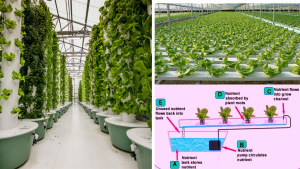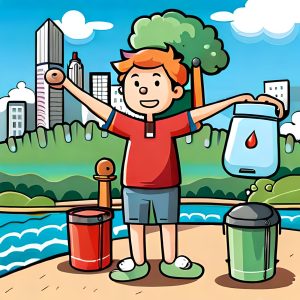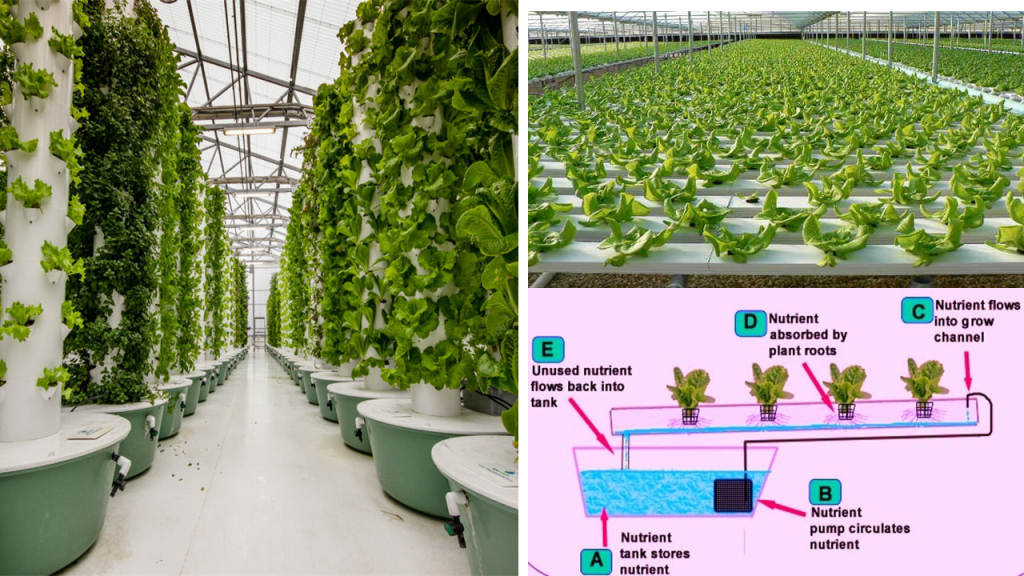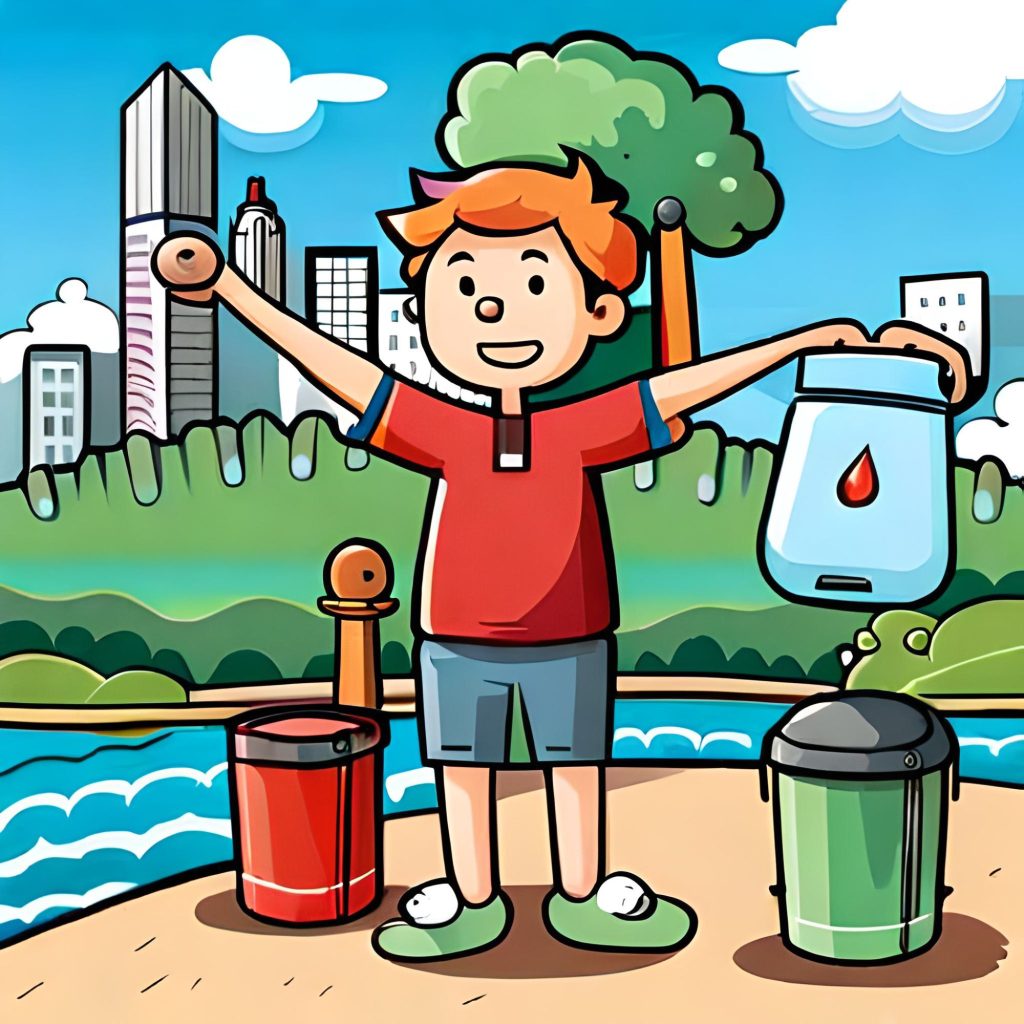Climate Detectives Projects 2022-2023
Project title: Homemade Hydroponics herb garden
Team: Vertical Garden
Birkirkara Birkirkara Malta 1 Student’s age: 10-11 years old
Studying the amount of water needed to grow herbs in a vertical tower compared to traditional methods.

The main aim of the project was to investigate the viability of building a vertical farm and compare growing herbs and vegetables in this manner to traditional agricultural methods both in terms of water and nutrient usage as well as utilisation of space. When used in the context of a small country like Malta with plenty of sunshine all year round but with ever diminishing land available for agriculture due to over construction and land that is being sold for recreational purposes rather than agriculture, utilising the less space available whilst trying to keep up with demand for local produce is becoming an ever present challenge. Moreover with ever increasing temperatures and less rain being recorded year on year, water available for agriculture is always at risk so finding methods of using less water without affecting the output is a very important step.
The first part of the project involved studying locations over time using sentinel maps to show how over a number of years agricultural land in the Maltese islands is being taken over for construction. Large changes to this respect have been noted over the last 10 years. Following this using food safe components a hydroponic tower was built using plastic pipes and a small pump is used to irrigate the various sections of the tower periodically. The idea is to keep reusing the same water whilst adding nutrients over time such as phosphates to encourage growth. When needed water was topped up into the system and the amount of water being used was always noted down. The idea was to always use a wet dry system where the seeds and not constantly kept humid but only watered in short amounts periodically. The growth of the seeds planted was also checked with time.

The biggest learning curve was choosing the right nutrients and the right watering schedule to ensure the best growth possible against water usage. The first outcome of the project was that where space is limited the tower system is very effective. The footprint of one tower compared to the amount of herbs that can be grown is a very big advantage for the system compared to traditional methods that would use up almost 3-4 times the space. Another advantage is Nutrient usage. In traditional methods a method known as crop cycling has to be used in order to help the land recover from certain nutrients before replanting plants that need the same nutrients. This is not the case for the tower system since the nutrients can be topped up as needed. For the project the nutrients used were all premixed however to make the process less wasteful recycled nutrients such as banana peels can also be used. On average for Basil takes 30 litres of water for every square meter of land use per week. We estimated our usage to be around 10 litres per week since there is less waste into external reservoirs. One other aim of the project was to try and build a tower that is not too expensive thus making it more accessible to people in general. A number of towers already exist but the pricing is very high. To reduce costs whilst making sure that the right plastics were used a pre existing vertical garden system made for strawberries was used and adapted to make it suitable for use as an hydroponic system. This helped reduce the cost to around 80 Euros. Finally one other outcome of the project was pesticide use. Finally because of the way the herbs are grown in a tower they are less susceptible to being attacked by pests

The most important aspect we can control is water usage. Our main focus going forward would be to educate ourselves and others on the importance of using the water available to us in as most efficient a way as possible. Our project has shown that growing plants and herbs does not need to be a very water intensive procedure. We can learn to grow the right plants for the right climate and also find ways as we did to recycle and reuse water that would otherwise get wasted. There has to also be more education on how to save and reuse rain water as well as making sure that as little water as possible is used in households for everyday processes such as washing, cleaning etc.
Projects are created by the teams and they take the full responsibility of the shared data.
← All projects






